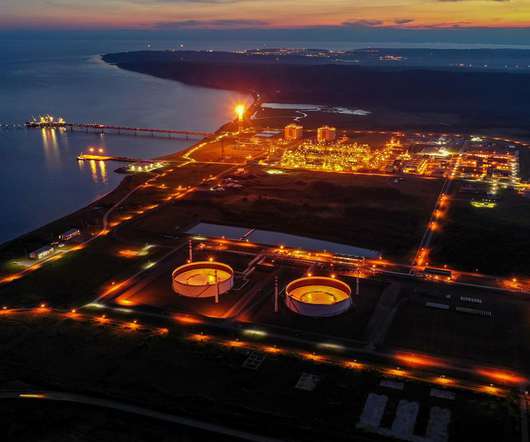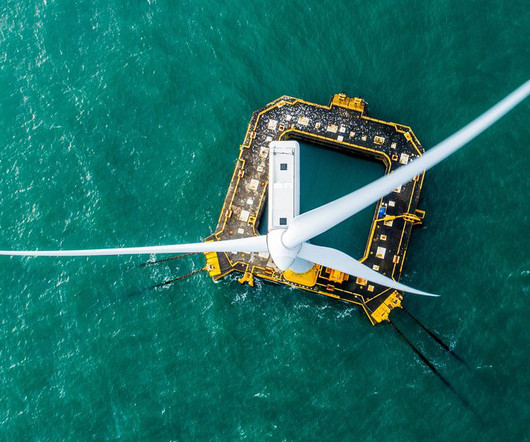IEA: time to tap into hydrogen’s potential to play a key role in a clean, secure and affordable energy future
Green Car Congress
JUNE 15, 2019
Hydrogen can help to tackle various critical energy challenges, including helping to store the variable output from renewables like solar PV and wind to better match demand. A wide variety of fuels are able to produce hydrogen, including renewables, nuclear, natural gas, coal and oil. million by 2030.












Let's personalize your content